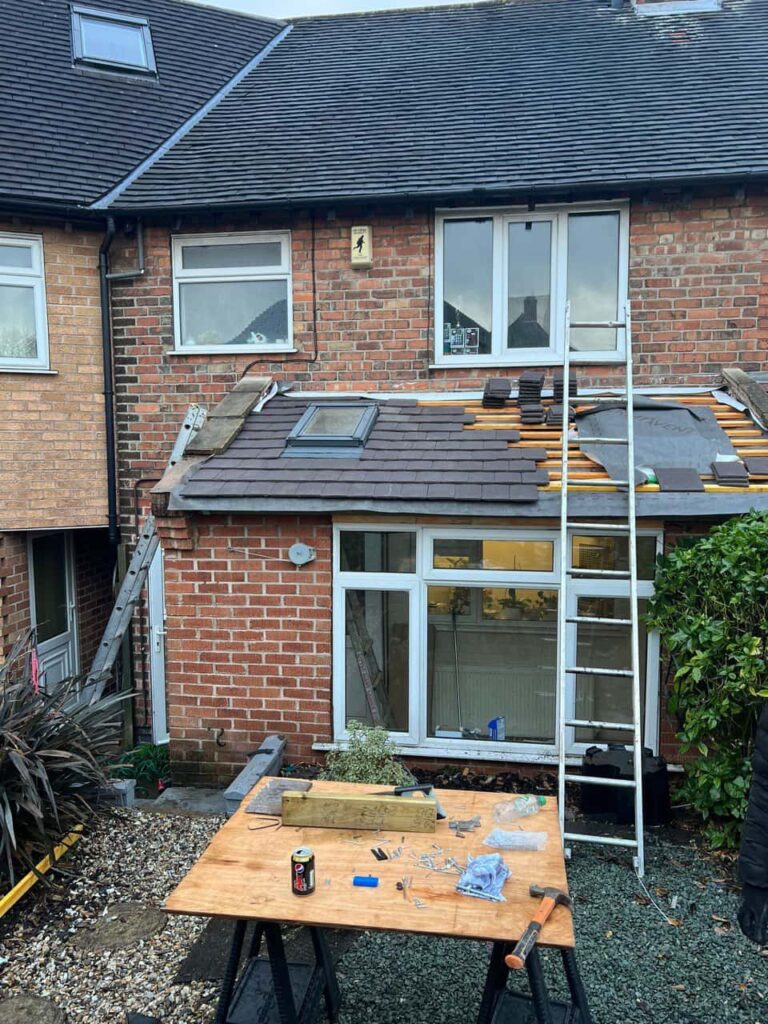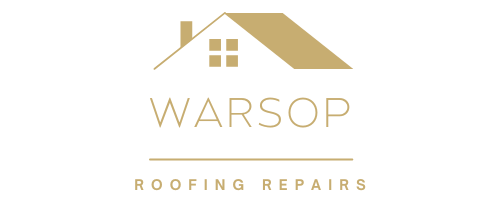Introduction: Commercial roof repairs are an inevitable part of property ownership, ensuring the integrity and longevity of the building’s roofing system. However, determining the cost of these repairs can be a complex process, as it depends on various factors that influence the scope and scale of the project. In this blog post, we’ll delve into the key factors affecting commercial roof repair costs, helping property owners better understand and budget for their roofing needs.
Roof Type and Complexity:
- The type of roofing system and its complexity significantly impact the cost of repairs. Flat roofs, metal roofs, asphalt shingle roofs, and membrane roofs require different materials, techniques, and labour, which can affect pricing. Additionally, factors such as the roof’s slope, size, and accessibility can influence the complexity of repairs and, ultimately, the overall cost.
The extent of Damage:
- The extent and severity of damage to the roof play a crucial role in determining repair costs. Minor issues, such as small leaks or isolated damage, may require simple patching or sealing, which can be relatively inexpensive. However, extensive damage, such as widespread leaks, structural issues, or deteriorated roofing materials, may necessitate more extensive repairs or replacement, resulting in higher costs.
Materials and Labor:
- Materials and labour are a significant component of commercial roof repair expenses. High-quality roofing materials, such as premium shingles, metal panels, or specialised membranes, are more expensive but offer superior durability and performance. Similarly, skilled labour and experienced roofing contractors may command higher rates but ensure quality workmanship and reliable repairs.
Accessibility and Safety:
- The accessibility of the roof and safety considerations can impact repair costs. Roofing projects on buildings with limited access, steep slopes, or complex layouts may require specialised equipment, additional safety measures, and longer labour hours, resulting in higher expenses. Ensuring compliance with safety regulations and standards also adds to the project’s overall cost.
Permitting and Regulatory Requirements:
- Obtaining permits and complying with local building codes and regulations are essential aspects of commercial roof repairs that can affect costs. Permitting fees, inspections, and compliance with regulatory requirements add to the overall project expenses. Property owners must factor in these costs and ensure that all necessary permits and approvals are obtained before commencing repairs.
Emergency Repairs and Time Constraints:
- In some cases, commercial roof repairs may need to be carried out urgently due to emergencies, such as severe weather damage or sudden leaks. Emergency repairs often require expedited scheduling, overtime labour, and additional resources, which can result in higher costs. Property owners should be prepared for emergencies and budget accordingly for immediate repairs.
Conclusion: Commercial roof repairs are a necessary investment in maintaining commercial properties’ structural integrity and functionality. Property owners can better estimate and budget for their roofing needs by understanding the various factors that influence repair costs. Whether considering the roof type, extent of damage, materials and labour, accessibility, permitting requirements, or emergencies, careful planning and informed decision-making can help minimise costs and ensure successful roof repair projects. Consulting with experienced roofing professionals can also provide valuable insights and guidance in determining the most cost-effective and efficient solutions for commercial roof repairs.
Call us on: 01623 701 193
Click here to find out more about Warsop Roofing Repairs
Click here to complete our contact form and see how we can help with your roofing needs.

